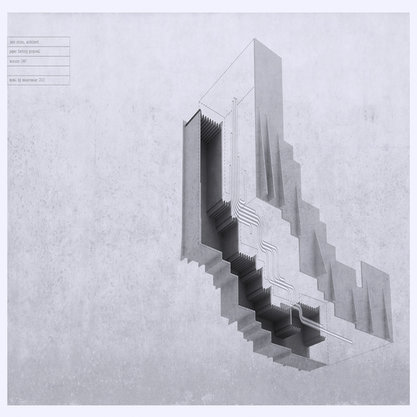Article
Umar, Madiha (1908–2005) By Shabout, Nada
Article
Madiha Umar was the first Iraqi woman to receive a governmental scholarship to travel to Europe, where she officially studied education but also began art lessons. Subsequently, she pursed art education in Washington, DC, at both Corcoran School of Art and George Washington University. Umar made her debut at the Ibn Sina Exhibition held at the Art Institute in Baghdad in 1952. The exhibition included four other women artists. Umar participated with 48 paintings, which introduced the contextualization of the Arabic letter in Iraqi modern art. Umar has been credited with the initiation of the use of the Arabic letter in art through a number of works she started in 1944, thus considered a precursor to horoufiyah, the style of visual manipulations of the Arabic letter in fine art widely employed during the second half of the twentieth century and a long-lasting trend. A naturalized Iraqi from Syrian parents, she was an Iraqi diplomat’s wife who studied and exhibited in Washington, DC, while her husband was on post there.

